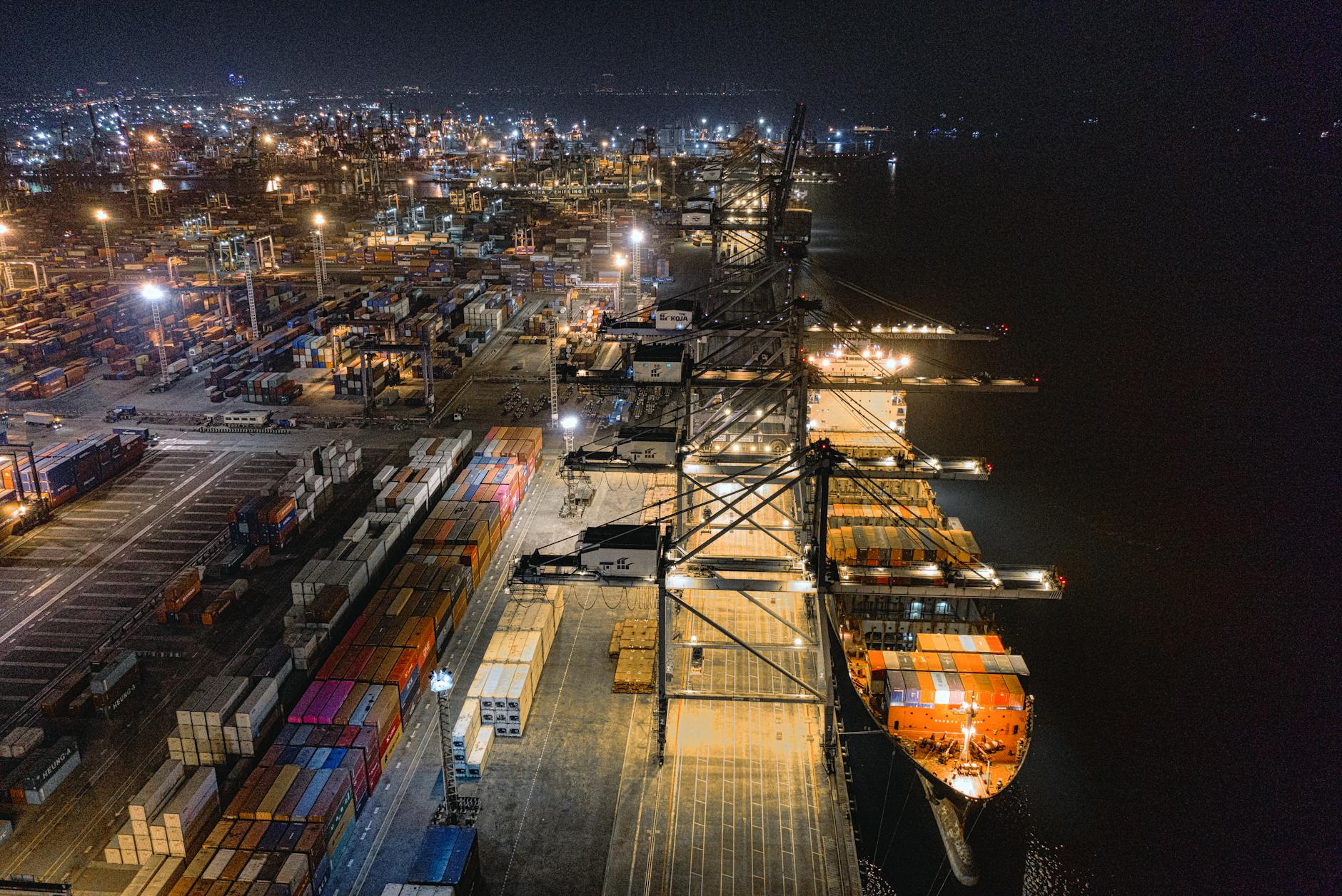There’s never really a “good time” for a trade war. But if you happen to run a one-person creative business that relies on cross-border shipping between Canada and the U.S., there’s definitely a bad one — and this was it.
When new tariffs dropped, it didn’t just mean price hikes or political noise. It meant researching trade codes, recalculating fulfillment routes, and realizing that “free trade” is only free until someone adds paperwork.
Most small sellers panicked. I opened a spreadsheet.
🔐 The Lockdown Reflex
When tariffs hit, the reaction was instant. Creators shut their digital borders, hoping to avoid the chaos. U.S. sellers stopped shipping north; Canadians went local-only overnight.
It was understandable — the uncertainty was brutal. But I didn’t want to retreat. I wanted to adapt.
That meant sitting down with my existing system and actually studying it. I mapped out where my products came from, where they shipped from, and where the choke points were. I spent hours reading shipping policies, duty thresholds, and Printify documentation that most people probably skip past.
Because sometimes the difference between chaos and continuity is knowing how your tools actually work.
🕵️ The Research Behind the Fix
At the time, I was using Printify as my main production hub. And buried in the provider list was a detail most sellers never think about: many suppliers don’t just differ in price or print quality — they differ in geographic infrastructure.
So I researched. I compared fulfillment centers, read provider profiles, and cross-checked them against customs routing data. That’s how I found JONDO, a company I’d worked with before but never fully realized operated globally.
By pairing my existing catalog with providers that had facilities in both the U.S. and Canada, I could ensure orders stayed within their region. Customers in Canada would get Canadian fulfillment. U.S. customers, U.S. fulfillment. No border crossing. No tariff surprises.
That wasn’t luck. That was logistics literacy.
🌎 What “Regional Fulfillment” Really Means
“Regional routing” sounds like a corporate phrase, but in reality it’s just smart distribution. It means the product you order is made as close to you as possible — like digital localization for physical goods.
By structuring my listings this way, I reduced shipping distances, carbon footprint, and the risk of tariff fees in one move. It’s not automation; it’s informed design.
Customers just see their order arrive on time. Behind the scenes, it’s a custom-built micro supply chain that I configured myself — intentionally, legally, and efficiently.
🚀 Staying Small, Thinking Like a Logistician
I didn’t have to become a corporation to stay open across borders. I just had to start thinking like one.
Research filled the gap that money couldn’t. I learned to read tariff schedules, studied how marketplaces handle trade zones, and made decisions grounded in facts, not fear.
That’s how you scale without growing. Not by adding size, but by adding skill.
🐾 Lessons in Adaptation
The real lesson of the tariff turn isn’t about politics — it’s about preparedness.
Every system you rely on has rules. The sooner you learn them, the sooner you can bend them in your favor.
Small doesn’t mean powerless. It means agile.
Knowledge is leverage.
And independence doesn’t just mean “doing it yourself.” It means understanding it yourself — deeply enough that no new rule, tariff, or platform change can pull the rug out from under you.
⚕️The Moral of the Tariff Turn
When the landscape shifts, you have two choices: close your shop or learn the terrain.
I chose to learn.
And that’s what kept my doors open — not luck, not scale, but literacy.
🌿 If reflections like this speak to you, you can support independent creativity through the Mutual Aid Fund or by exploring the Shop: Made by Me | Oddities & Convenience. If you’d like: you can follow us on itch.io or on ko-fi as well.
